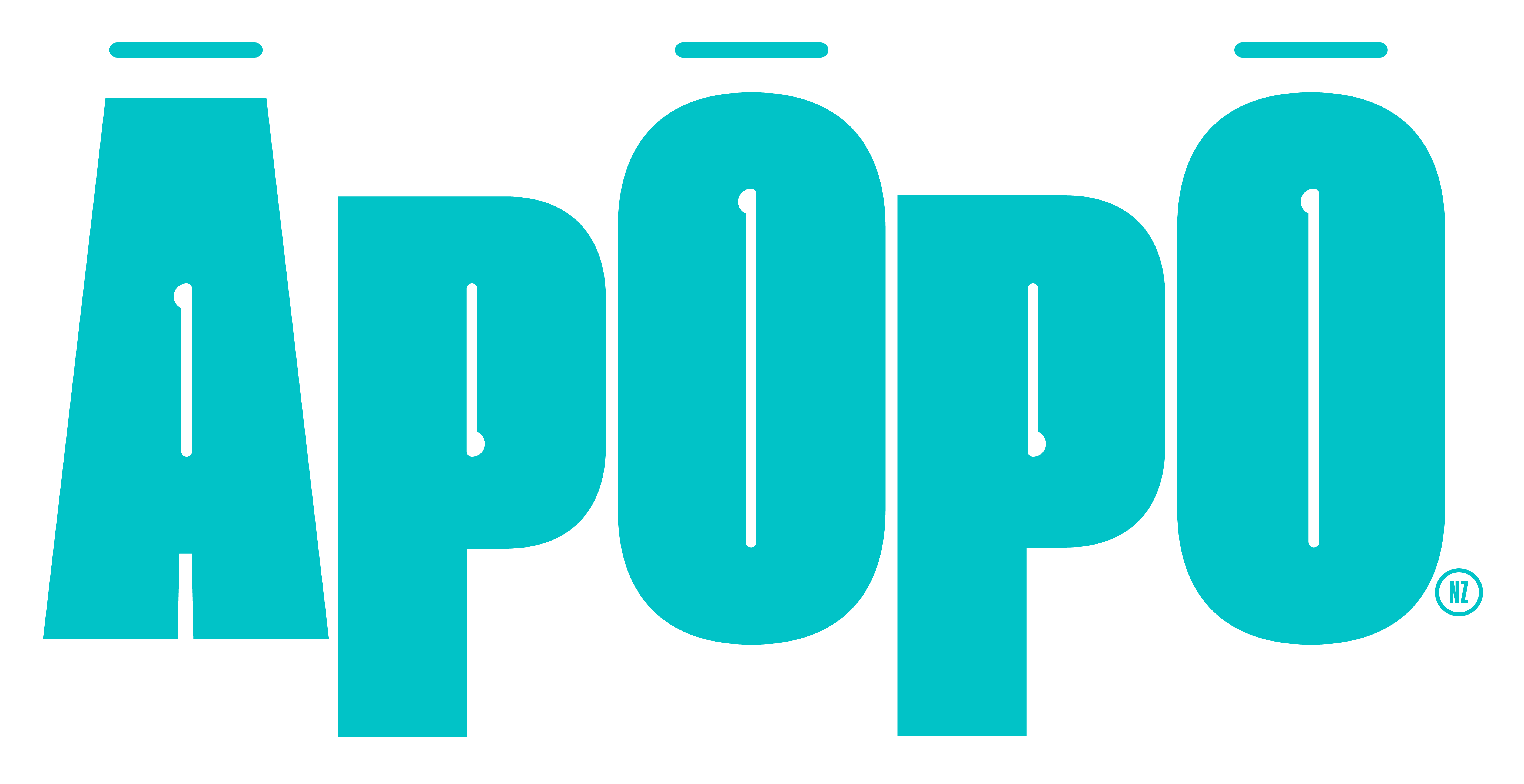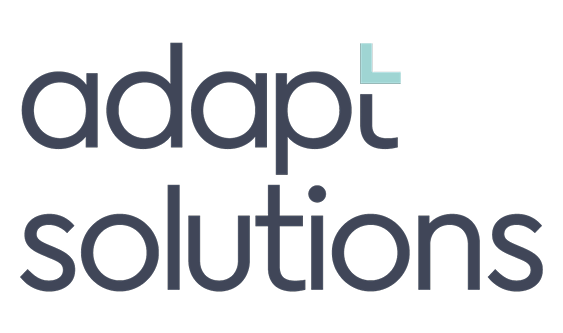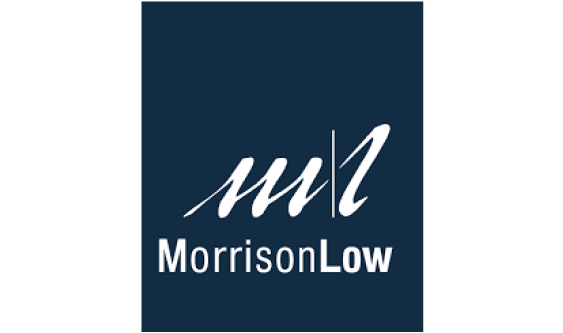
NAMS Special Interest Group
The purpose of the NZ Asset Management Support (NAMS) Special Interest Group is to lead and support good practice in the management of community and infrastructure assets.

About NAMS
New Zealand Asset Management Support (NAMS) has led the development of asset management best practice within New Zealand since 1995.
NAMS is a special interest group (SIG) of Āpōpō which promotes asset management through the development of best practice guidelines and training. NAMS provides a hub through which industry professionals can both gain and distribute information on the latest developments in asset management.
The NAMS manuals and guidelines are not only distributed worldwide, they are also well recognised and represent the world’s best practice. The Āpōpō Guide, developed with oversight of the NAMS SIG, is the authoritative asset management resource for practitioners in Aotearoa New Zealand. NAMS also curates a range of training services customised to the needs of those who are new to asset management and those who are currently practicing the skills of asset management best practice.
A brief history of NAMS
The National Asset Management Steering (NAMS) Group was established in June 1995, as the result of a proposal developed by INGENIUM (previously ALGENZ) and supported by Local Government NZ, the Society of Local Government Managers (SOLGM), the Office of the Auditor-General, the NZ Water and Wastes Association and the NZ Recreation Association (NZRA). It was set up as a committee of INGENIUM and comprised representatives from the parent organisations who provided the core membership of the Group, with additional members being representatives from associated organisations.
The NAMS Group was formed to develop and promote infrastructure asset management practices, policies and systems in New Zealand. With infrastructure asset management now accepted as one of the primary activities underpinning the health and wellbeing of our communities, it is anticipated that organisations involved in infrastructure asset management will support the NAMS Group initiatives and realise the benefits to be gained from a coordinated national approach.
In 2004 the NAMS Group formed a company structure to assist with its strategic focus. The parent company is NAMS Group Limited, wholly owned by INGENIUM. For a time the NAMS Group was managed through both a Board and the original committee structure. In April 2008, at the recommendation of the NAMS Group Board, the INGENIUM Board resolved to disestablish the NAMS Steering Committee, thereby moving the management of NAMS Group activities solely to the NAMS Group Board.
The primary driver behind the establishment of the group was the local government sector, and consequently it is this sector which has largely purchased the NAMS manuals and attended training over the past ten years.
In 2010, the NAMS Board decided to look at its brand identity and revamp itself to be identified as a New Zealand entity and leaders on a world wide scale for promoting best practice in Asset Management. A new logo was created that reflected this and the NAMS acronym was changed from ‘National Asset Management Steering Group’ to ‘New Zealand Asset Management Support’.
Asset Management Defined
With input from both public and private sectors (nationally and internationally), the NAMS Group NZ conducted intensive research of the world of managing infrastructure assets, leading to the development of guidelines for best practice asset management (AM). These guidelines are available in our five manuals, and are further supported through our training courses.
For those new to AM and to refresh those already involved, below we have provided some key definitions of this sector.
Why do we need infrastructure asset management?
All modern economies are underpinned by vast infrastructure of roads and other transport systems, water supply, waste disposal, energy, telecommunications, recreational networks and property. The infrastructure of a nation supports the fabric of modern living which is taken for granted until something fails or no longer provides the expected service.
Infrastructure represents a major investment which – in developed countries – has been built up progressively over the last 100 years or more. So the time and money invested alone are reason enough for applying the best asset management skills to ensure that infrastructure continues to provide sustainable and economic service.
Compelling reasons for the importance of best practice in national infrastructure:
- Infrastructure networks provide the platform for economic and social development
- Infrastructure and property assets increasingly meet recreational and other needs of the community
- Good quality infrastructure is the cornerstone of public health and safety
- Good quality infrastructure mitigates potential adverse environmental impacts of society
- Asset management practices advance the sustainability of infrastructure services
- Benchmarking condition and performance promotes innovation and efficiencies
What are Infrastructure Assets?
Infrastructure assets are stationary systems (or networks) that serve defined communities where the system as a whole is intended to be maintained indefinitely to a specified level of service by the continuing replacement and refurbishment of its components.
Typical infrastructure assets are found in:
- Transportation networks (roads, rail, ports, airports)
- Energy supply systems (gas/electricity/oil production, transmission and distribution)
- Parks and recreation facilities
- Water utilities (water supply, waste water and storm water systems)
- Flood protection and land drainage systems
- Solid waste facilities
- Educational and health sector facilities
- Libraries, administration, and other community facilities
- Manufacturing and process plants
- Telecommunication networks
One of the most important features of infrastructure networks is the degree of inter-dependency, not only within a particular asset network, but also from one network to another. The failure of one component within a network may undermine the ability of other networks to perform (e.g. a water main burst may disrupt traffic on a street).
What is Infrastructure Asset Management?
The goal of infrastructure asset management is to meet a required level of service, in the most cost effective manner, through the management of assets for present and future customers.
The key elements of infrastructure asset management are:
- Taking a lifecycle approach
- Developing cost-effective management strategies for the long-term
- Providing a defined level of service and monitoring performance
- Understanding and meeting the impact of growth through demand management and infrastructure investment
- Managing risks associated with asset failures
- Sustainable use of physical resources
- Continuous improvement in asset management practices
A formal approach to the management of infrastructure assets is essential in order to provide services in the most cost-effective manner, and to demonstrate this to customers, investors and other stakeholders.





